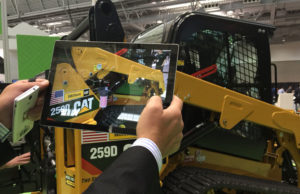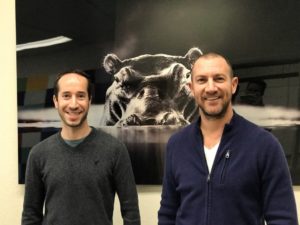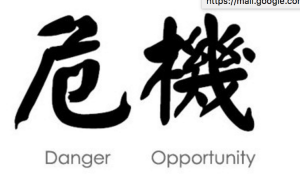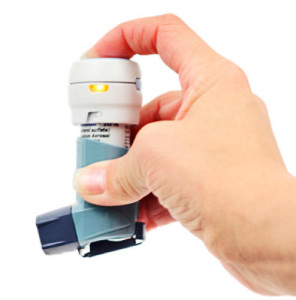Always my fav event, I’ll be liveblogging #LiveWorx ’18. Stay tuned!
Keynote: Jim Heppelmann:
- “from a place to a pace” — how fast are we moving?
- no longer OK to think of a future destination, builds inertia (“your main competitor”). Disruption may have already happened. Hard to sustain advantage due to pace of change. Must “embrace a pace of change”
- Um, this sounds like argument for my circular company paradigm shift!!!
- Customer Experience Center will occupy top floor of new building.
- combo of physical, human and digital — transforming all at once speeds change:
- physical: been constrained by subtractive manufacturing, while nature improves via cell division (i.e., additive). “Adopt Mother Nature’s mindset.” — new additive aspects of Creo. Example of Triumph cycle sing-arm using additive. CREO uses AI to optimize performance: non-symmetrical design. Still need to use simulation tests: new intermittent, continuous style: they are doing new partnership with ANSYS (product simulation software), unified modeling and simulation with no gaps. Historically, simulation only used at end of design cycle, now can use it throughout the process: “pervasive simulation.”
- ANSYS “Discovery Live”: optimizes for real-time. Integrates with Creo — instant feedback on new designs. “simulation critical to innovation.”
- digital: working with Microsoft Azure (Rodney Clark, Microsoft IoT VP). Microsoft investing $5b in IoT. 1st collaboration is an industrial welder: IoT data optimizes productivity. BAE can train new employees 30-40% quicker.
- finally, human: “Mother Nature designed ups to interface with the physical. How do we integrate with the digital? — Siri, Alexa, Cortna still too slow. Sight is our best bet. “Need direct pipeline to reality ” — that’s AR. “Smart, connected humans.” Sysmex: for medical lab analysis. Hospitals need real-time access to blood cell analysis. They have real-time calibration of analysis equipment. Also improving knowledge of the support techs, using AR and digital twins when repairs are needed.
- Will help 2.5 billion workers become more productive
- AR can project how a process is being programmed (gotta see this one. will try to get video).
- All of their human/digital interface initiatives united under Vuforia. Already have 10,000 enterprises using it.
- Factories are a new focus of PTC. 200 companies now using it in 800 factories. Examples from Woodward & Colfax. Big savings on new employee training.
- physical: been constrained by subtractive manufacturing, while nature improves via cell division (i.e., additive). “Adopt Mother Nature’s mindset.” — new additive aspects of Creo. Example of Triumph cycle sing-arm using additive. CREO uses AI to optimize performance: non-symmetrical design. Still need to use simulation tests: new intermittent, continuous style: they are doing new partnership with ANSYS (product simulation software), unified modeling and simulation with no gaps. Historically, simulation only used at end of design cycle, now can use it throughout the process: “pervasive simulation.”
Keynote: Prof. Linda Hill, HBS, “Collective Genius”:
- Innovation= novel + useful
- Example of Pixar: collective genius “filmmaking is a team sport.”
- 3 characteristics of creative organizations they looked at:
- “creative abrasion” — diversity and debate
- “creative agility” — quickly test the idea & get feedback. Experiment rather than run pilots, which often include politics
- “creative resolution” — ability to make integrative decisions. Don’t necessarily defer to the experts.
- sense of community and shared purpose.
- values: bold ambition, collaboration, responsibility, learning.
- rules of engagement: respect, trust, influence, see the whole, question everything, be data-driven.
Ray Miciek, Aquitas Solutions. Getting Started on IoT-based Maintenance:
- his company specializes in asset maintenance.
- “produce products with assets that never fail”
- 82% of all asset failures are random, because they are more IT-related now
- find someplace in org. where you could gain info to avoid failure.
- Can start small, then quickly expand.







